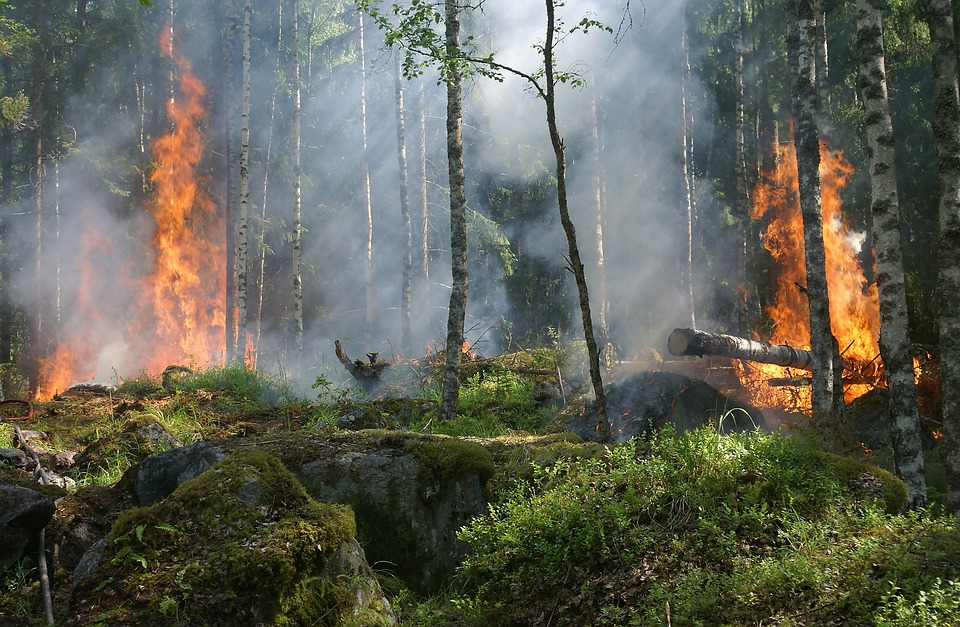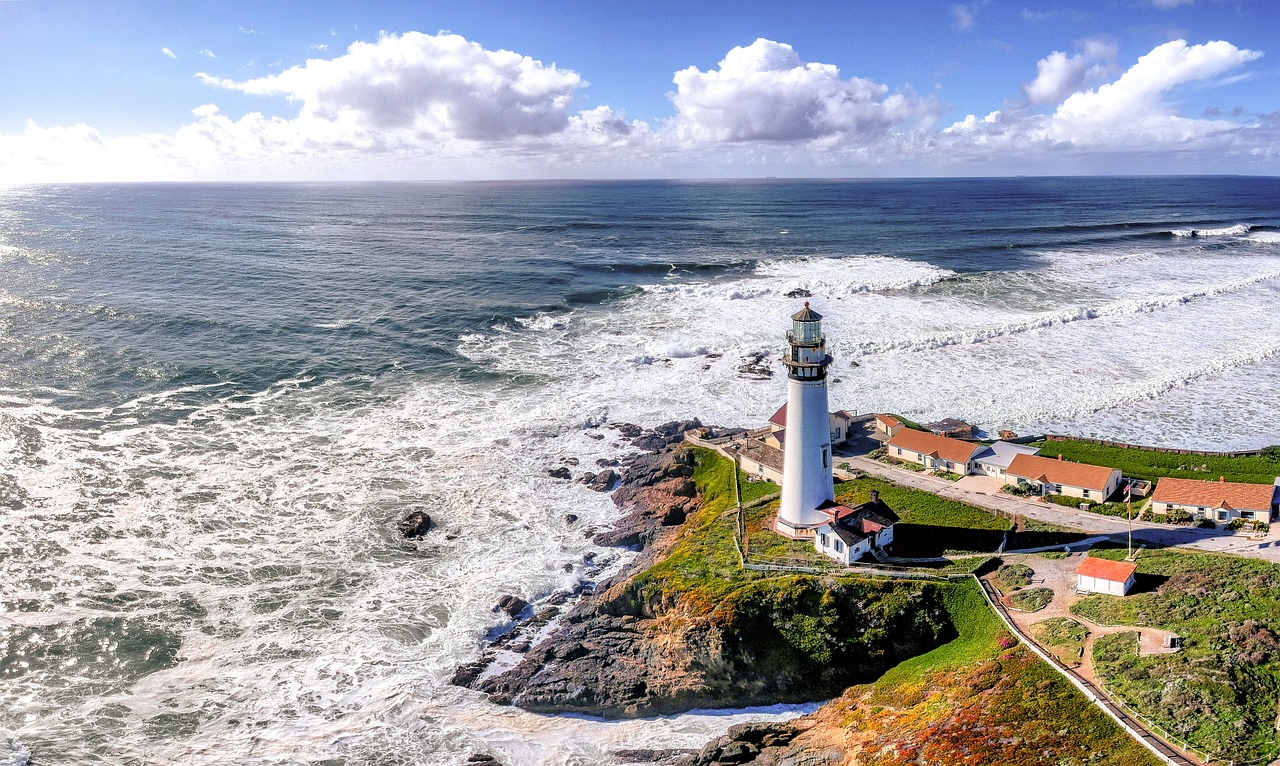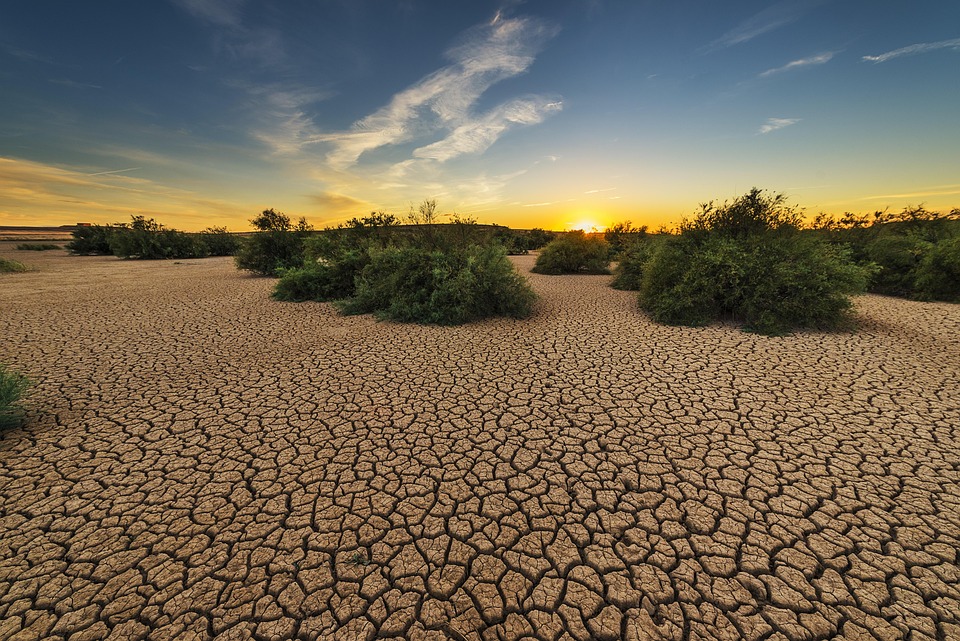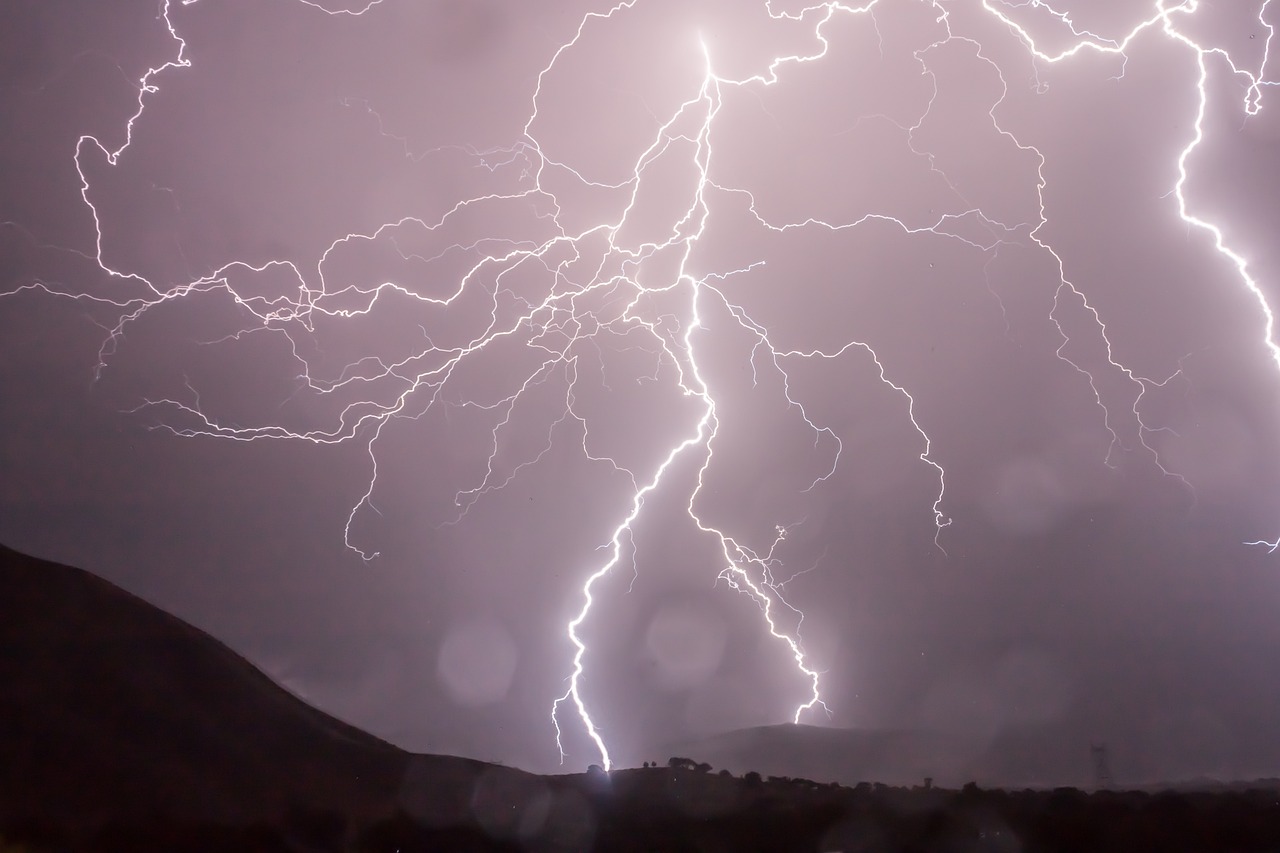Effects of Forest Fires on Wildlife and Environment
Forest fires have long been a part of the natural ecosystem, but their increasing frequency and severity in recent years, especially in places like Los Angeles, have raised significant concerns. The effects of forest fires on wildlife and environment are catastrophic, disrupting the delicate balance of ecosystems, harming biodiversity, and causing far-reaching environmental degradation. In this article, we will explore how forest fires impact wildlife and the environment, with a specific focus on the ongoing situation in Los Angeles in 2025.
The 2025 Los Angeles Wildfires: A Crisis Unfolding
As of early 2025, Los Angeles has been battling devastating wildfires that have destroyed vast areas of forests and residential zones. The state has witnessed some of the largest blazes in its history, fueled by prolonged droughts and extreme heatwaves. These fires have caused a ripple effect, impacting not just human lives but also the flora and fauna that thrive in the region.
In this challenging time, strategies like California wildfire prevention strategies have become more critical than ever. Cities and local authorities are increasingly implementing plans to manage vegetation and reduce fire risks. For instance, better zoning laws, enhanced emergency response systems, and community education programs are helping mitigate these fires’ devastating effects.
Immediate Effects of Forest Fires on Wildlife
Forest fires pose an existential threat to wildlife. When a fire breaks out, it rapidly consumes vegetation, leaving animals with nowhere to escape. In Los Angeles, the 2025 fires have already displaced thousands of animals, pushing many species into urban areas where survival becomes a challenge.
The destruction of habitats is one of the most visible effects of forest fires on wildlife and environment. Birds, mammals, reptiles, and insects lose their homes, and in many cases, their food sources are entirely wiped out. The cascading effect disrupts the entire ecosystem, causing long-term harm that can take decades to reverse.
Wildfires also release toxic gases and particulate matter, affecting the health of animals that survive the blaze. These pollutants contaminate air, water, and soil, creating additional barriers for species trying to rebuild their populations.
Impact on Endangered Species
Certain species are particularly vulnerable during forest fires. The California condor, for example, is a critically endangered bird that has faced significant habitat loss in the fires raging through Los Angeles. Similar threats loom over other species that rely on forested landscapes for nesting and breeding.
Conservationists have expressed growing concerns over the survival of such species, emphasizing the need for immediate action to protect critical habitats. Wildfires often affect already fragile populations, pushing them closer to extinction.
Environmental Consequences of Forest Fires
The effects of forest fires on wildlife and environment extend beyond immediate destruction. They trigger a series of environmental changes that can persist for years:
1. Loss of Vegetation and Soil Degradation
Fires strip away vegetation that holds soil in place, increasing erosion risks. This is especially problematic in regions like Los Angeles, where steep hillsides are common. Without vegetation, rain can wash away topsoil, reducing the land’s fertility and threatening water quality in nearby rivers and reservoirs.
2. Carbon Emissions and Climate Change
One of the most pressing consequences of forest fires is the release of carbon dioxide and other greenhouse gases. The 2025 fires in Los Angeles alone are estimated to have emitted millions of tons of carbon dioxide, exacerbating global warming. This creates a vicious cycle, as rising temperatures increase the likelihood of future fires.
3. Water Contamination
Ash and debris from wildfires often find their way into water systems, contaminating drinking water supplies. Toxic chemicals from burned materials can leach into rivers and streams, posing health risks to humans and animals alike.
4. Air Pollution
The smoke from wildfires contains fine particulate matter (PM2.5), which can travel hundreds of miles, affecting air quality far beyond the fire’s immediate vicinity. In Los Angeles, residents have experienced hazardous air quality levels, leading to respiratory problems and other health issues.
Steps to Mitigate the Effects of Forest Fires
Addressing the effects of forest fires on wildlife and environment requires proactive measures:
- Implementing Controlled Burns: Controlled burns can reduce the amount of dry vegetation that acts as fuel for wildfires, helping to prevent larger, uncontrollable fires.
- Protecting Critical Habitats: Conservation efforts must focus on safeguarding areas that are vital for wildlife survival.
- Community Involvement: Educating communities about fire safety and prevention can significantly reduce the risk of human-caused wildfires.
- Climate Action: Tackling climate change is essential for reducing the frequency and severity of wildfires in the long term.
Stories from the Field: The Human and Animal Toll
Amid the 2025 Los Angeles wildfires, stories of survival and loss have emerged, highlighting the deep impact these events have on all living beings. For example, wildlife rescue organizations have been working tirelessly to save animals injured in the fires. Many rescued animals require extensive medical care, rehabilitation, and, in some cases, relocation to safer habitats.
Similarly, families who have lost their homes to the fires face a long road to recovery. These experiences underscore the interconnectedness of humans, animals, and the environment and the urgent need for collective action.
What Can We Do?
To combat the effects of forest fires on wildlife and environment, individuals, communities, and governments must work together. Supporting reforestation efforts, advocating for stronger climate policies, and donating to organizations working on wildlife conservation are some of the ways we can make a difference.
In conclusion, the effects of forest fires on wildlife and environment are profound and far-reaching. The 2025 wildfires in Los Angeles serve as a stark reminder of the need for proactive measures to protect our planet and all its inhabitants. By understanding these impacts and taking decisive action, we can help mitigate future disasters and ensure a healthier, more sustainable future for generations to come.














Post Comment